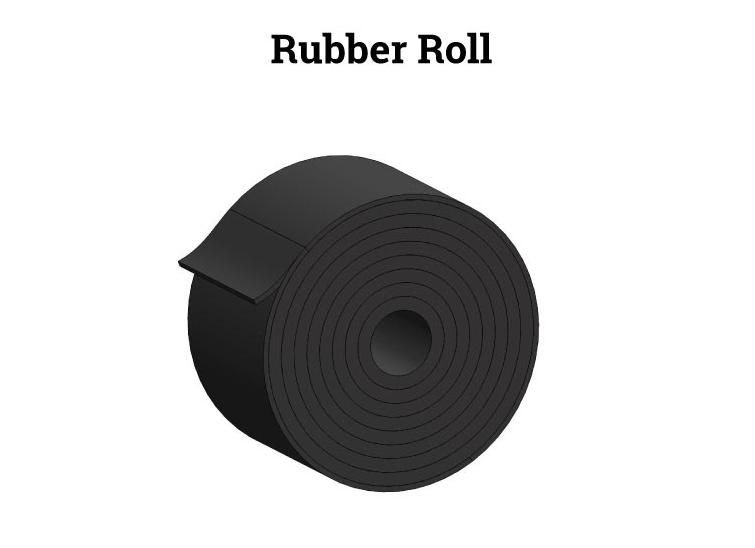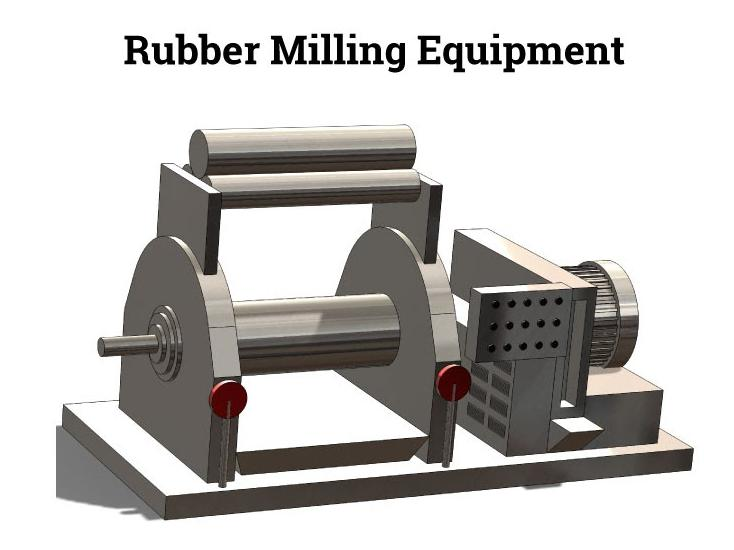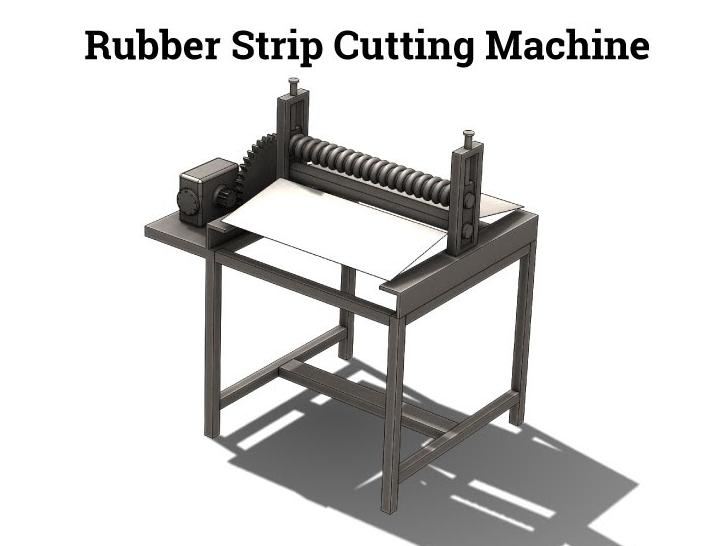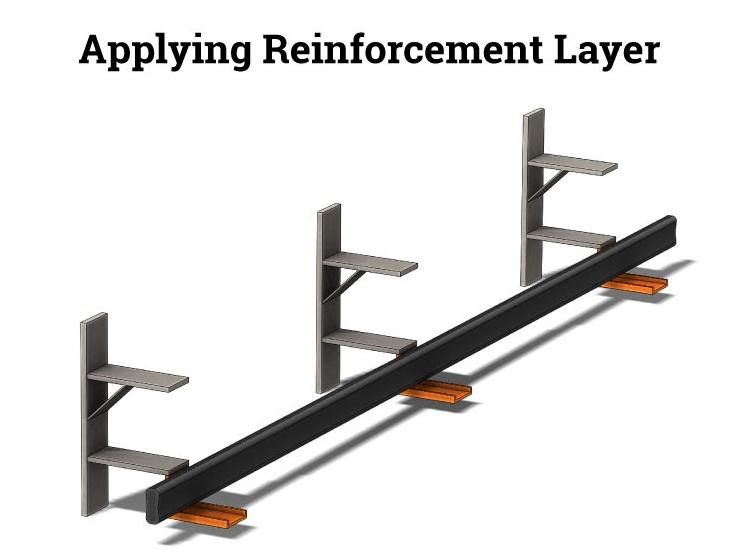Rubber tubing is distinctively different from other tubing because of its rubber content, which is an elastomer that has high strength and durability as well as being able to be stretched and deformed without being permanently damaged. This is mainly due to its flexibility, tear resistance, resilience, and thermal stability.
Rubber tubing is produced using one of two processes. The first method is the use of a mandrel, where rubber strips are wrapped around a pipe and heated. The second process is extrusion, where rubber is forced through a die.
How Rubber Tubing is Made?
Mandrel Process
Rubber Roll
The rubber used to manufacture rubber tubing using the mandrel process is delivered for production in rolls of rubber strips. The thickness of the walls of the tubing is determined by the thickness of the sheets. The color of the tubing is determined by the color of the roll. Though color is not necessary, it is used as a method of deciding the classification and final use of the rubber tubing.
Milling
To make the rubber pliable for the production process, it is run through a mill that heats the rubber strips to soften and smooth the rubber to ensure that it has an even texture.
Cutting
The soft and pliable rubber is moved to a cutting machine that cuts it into strips of equal width to fit the width and thickness of the size of the rubber tubing to be made.
Mandrel
The strips that have been created in cutting are sent on to the mandrel. Prior to wrapping the strips on the mandrel, the mandrel is lubricated. The diameter of the mandrel is the exact dimensions as the bore of the rubber tubing. As the mandrel turns, the rubber strips are wrapped around it at an even and regular pace.
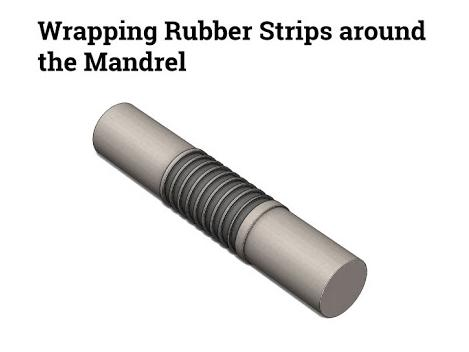
The wrapping process may be repeated to reach the desired thickness of the rubber tubing.
Reinforcement Layer
After the tubing has reached the exact thickness, a reinforcement layer is added that is made of a high strength synthetic material that has been rubber coated. The selection of the layer is determined by the amount of pressure the rubber tubing may endure. In some cases, for extra strength, the reinforcement layer may have wire added.
Final Layer
The final layer of rubber stripping is its outside covering.
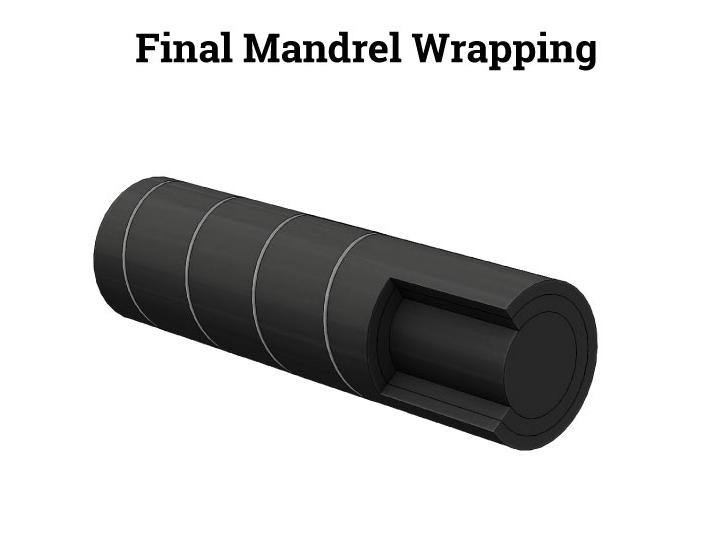
Taping
Once all the various layers of rubber strips have been applied, the full length of the completed tubing is wrapped in wet nylon tape. The tape will shrink and compress the materials together. The result of the tape wrapping is a textured finish on the outside diameter (OD) of the tubing that becomes an asset and benefit for applications where the tubing will be used.
Vulcanization
The tubing on the mandrel is placed in an autoclave for the vulcanization process that cures the rubber, which makes it elastic. Once vulcanization is completed, the shrunk nylon tape is removed.
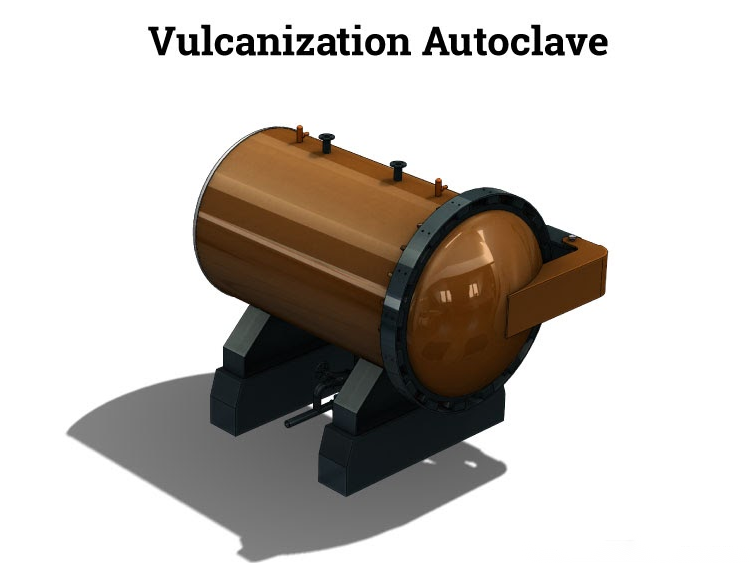
Removing from the Mandrel
One end of the tubing is tightly sealed to create pressure. A hole is made in the tubing for water to be pumped in to separate the rubber tubing from the mandrel. The rubber tubing is easily slipped off the mandrel, has its ends trimmed, and is cut to the desired lengths.
Extrusion Method
The extrusion process involves forcing rubber through a disc shaped die. Rubber tubing made by the extrusion process uses a soft unvulcanized rubber compound. Parts produced using this method are soft and pliable, which are vulcanized after the extrusion process.
Feeding
The extrusion process begins by having the rubber compound fed into the extruder.
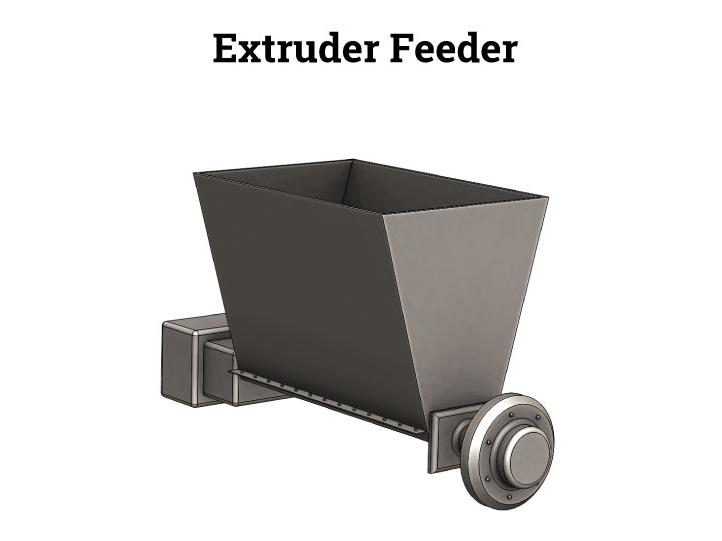
Revolving Screw
The rubber compound slowly leaves the feeder and is fed to the screw that moves it along toward the die.
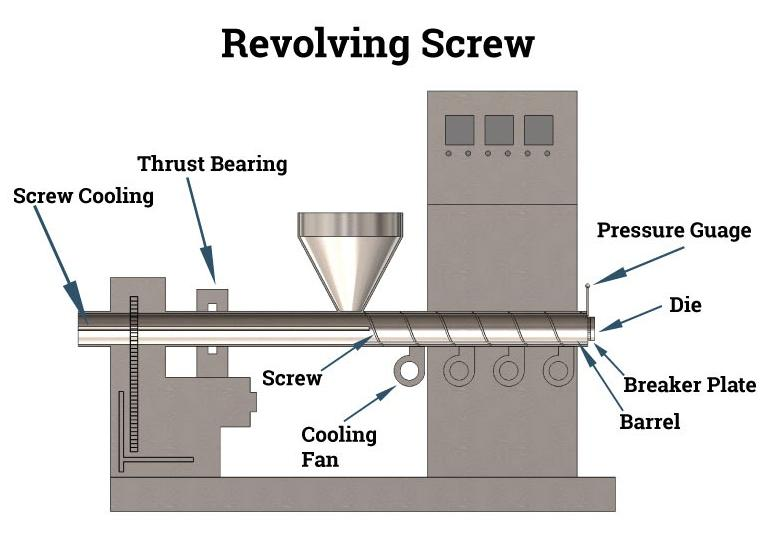
Rubber Tubing Die
As the raw rubber material is moved along by the screw, it is forced through a die in the exact proportions to the diameter and thickness for the tubing. As the rubber moves closer to the die, there is an increase in temperature and pressure, which causes the extruder material to swell depending on the type of compound and hardness.
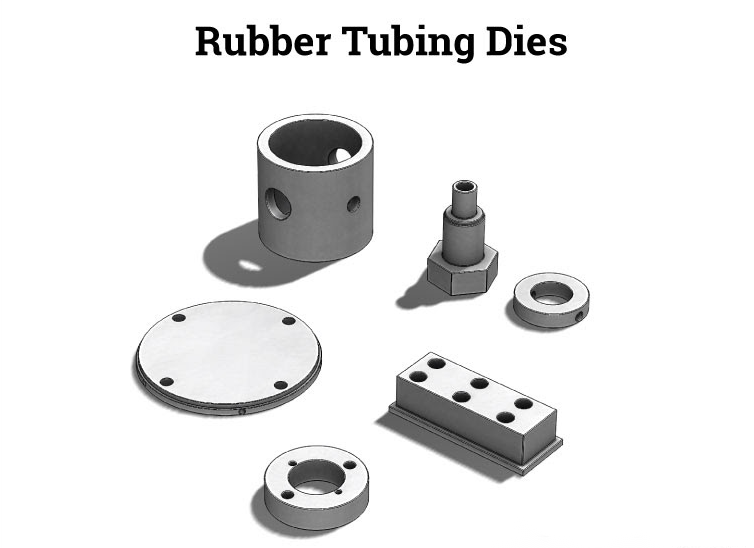
Vulcanization
Since the rubber used in the extrusion process is unvulcanized, it has to undergo some form of vulcanization once it has been through the extruder. Though treatment with sulfur was the original method for vulcanization, other types have been developed by modern manufacturing, which include microware treatments, salt baths, or various other forms of heating. The process is necessary to shrink and harden the finished product.
The vulcanization or curing process can be seen in the diagram below.
Post time: Aug-25-2022

